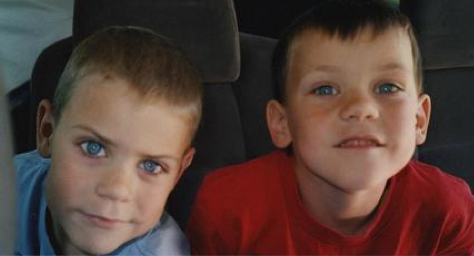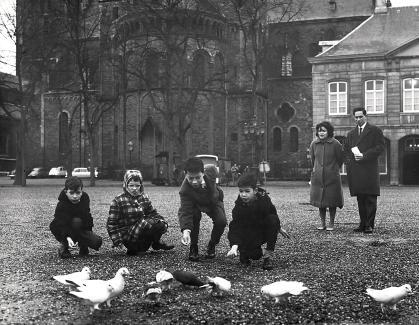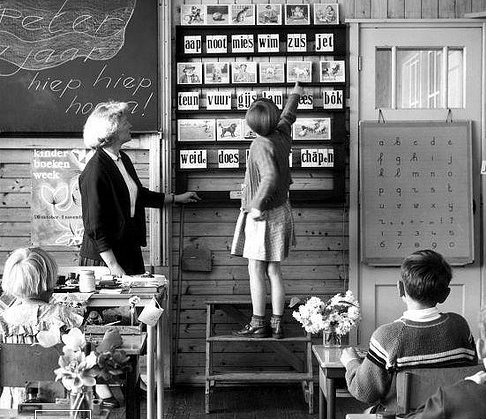How to help your child get organized begins with effectively managing time. Learning time starts from the time they’re toddlers. I find myself constantly telling my toddler in just a second, or something similar, and that all relates to time. We try to instill in toddlers the ability to not only wait but also to anticipate. Then by the time they are in kindergarten, we try to teach them how to read time. It is all a process that will help them to become successful adults. Here are some useful ideas in using this concept of time to help your child get organized.

How to Help Your Child Get Organized:
Also encourage your child to use the monthly calendar in his working notebook. The child should transfer his personal events from the family calendar to the notebook calendar. He should also note upcoming tests, long-term assignment due dates (such as a book report due a week later), appointments with the school guidance counselor, and vacation days. Unless your child regularly refers to the calendar, its value will diminish.
Daily planners can be used to sketch out how homework, play time, club meetings, and the like can be worked into each day. This helps avoid the conflict that often occurs about when to do homework, since you will reach a decision together based on the available hours in a day. It also shows your child that his free time is valued and will also be scheduled.
- Make Sure They Understand Time
It’s important not to make assumptions about how well your child can tell time without a digital clock, can understand and follow class schedules, or can sense how time flows daily, weekly, and monthly. Students with learning disabilities often have difficulty with the simplest aspects of time and planning, and these deficits may not be readily apparent. It is easy for a teenager with a learning disabilities to think that “quarter after four” meant 4:25 (because a quarter is twenty-five cents), or that on March 30 they have a month to complete a report that was due on April 3 (because it was “next month”).





